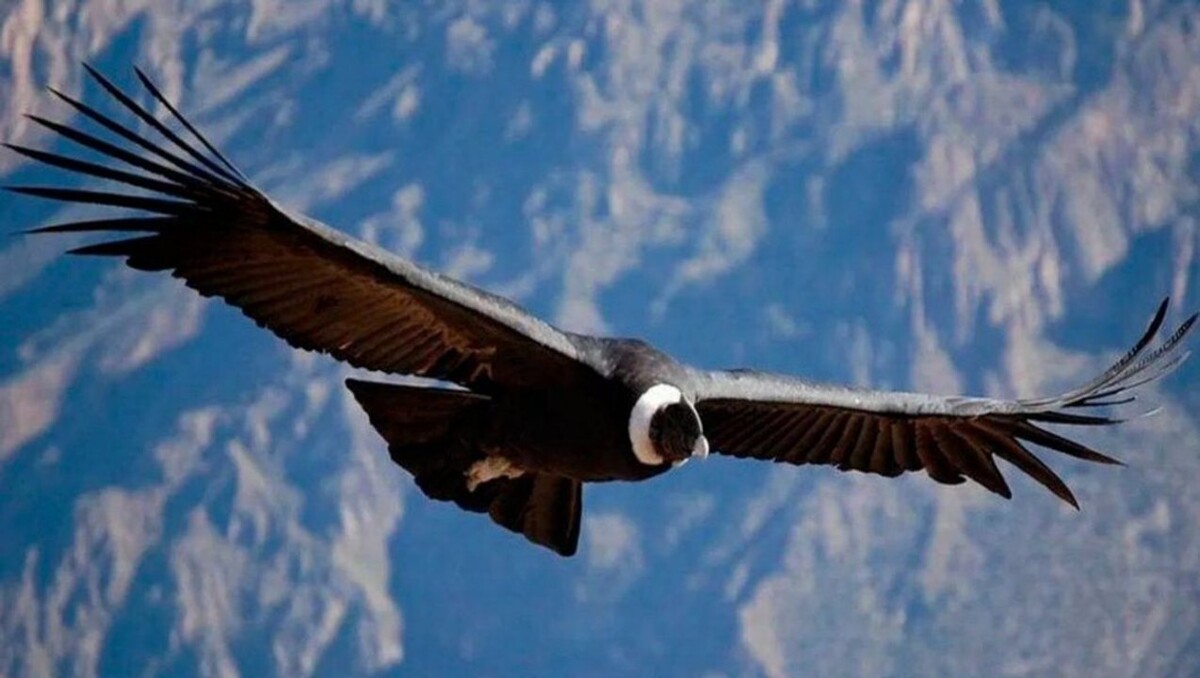
The Andean Condor is one of the largest birds in the world, with a body that can exceed three meters. It inhabits the Andes mountain range and nearby areas, from Venezuela to Tierra del Fuego. In many Andean cultures, the condor is a symbol of strength, freedom, and spiritual connection to the sky. These natural sanctuaries allow for the sighting and conservation of the Andean Condor. It is a long-lived bird, with a lifespan that can exceed 70 years in captivity. Despite its ecological and cultural importance, the Andean condor faces threats such as illegal hunting, poisoning, and habitat loss.
This imposing canyon, with walls over 800 meters deep, is a natural refuge where condors take advantage of air currents to soar and glide elegantly. However, as its name indicates, its standout location is the Patagonian Andes region, especially in Los Glaciares National Park, in Santa Cruz province and Nahuel Huapi National Park in Río Negro and Neuquén. In these landscapes of mountains, valleys, and lakes, condors find refuge on inaccessible rocks and can be observed at dawn or dusk. Additionally, in the Talampaya Canyon, in La Rioja, designated a UNESCO World Heritage Site, condors soar over the impressive reddish cliffs, creating an unforgettable spectacle for those visiting the area. These natural sanctuaries not only allow for the sighting of this emblematic species but also play a fundamental role in its conservation, promoting the protection of its habitat and environmental education.
In Argentina, one of the best places to spot the majestic Andean condor is the Quebrada del Condorito, located in Córdoba province, within the national park of the same name. Its flight is impressive, as it takes advantage of thermal currents to glide for hours with minimal effort, reaching great heights. Moreover, males have a prominent crest above their beak. This species is a scavenger and plays a key role in the ecosystem, as it feeds on dead animals, helping to maintain the natural balance. Its black and white plumage on the neck, along with its featherless head, makes it unmistakable. Various conservation programs work to protect it, including breeding in captivity and its reintroduction into the wild.














